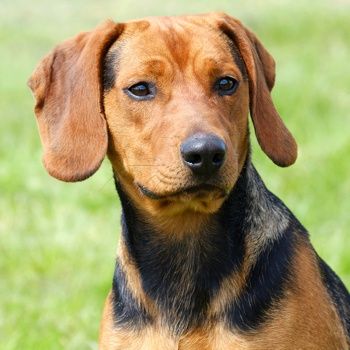Serbian Hound
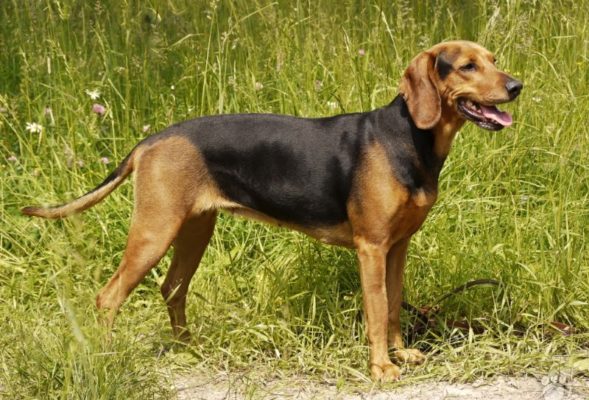
In its homeland, the Serbian Hound is most often used as a hunting dog rather than a pet. Over the years, it has proven itself as a faithful friend and helper worth trusting. Like other hounds, it combines a keen sense of smell, alertness, and speed. Also, the Balkan Hound has a loud and sonorous bark.
Table of Contents
Breed Information
| Another Name | Balkan Hound |
| Origin | Serbia |
| Height | Males 46-56 cm Females 44-54 cm |
| Weight | 11-23 kg |
| Fur | Short |
| Color | Bright red with black chapper |
| Lifespan | 12-15 years |
| FCI Classification | Scent hounds and related breeds |
| Group | Hunting dogs |
| Price | From $250 |
Breed Photos
Origin History
It is believed that the ancestors of Serbian Hounds were Greek Hounds, which the Phoenicians brought to the Balkans in the 18th century. With them, they went into the mountains and hunted bears, lynxes, and wolves. Detailed description and popularity of the breed were received closer to the XX century; then, it was called the Yugoslavian Hound. Merchants and hunters used the Hound as a constant companion in hunting, both small game and larger. A rough version of the standard was proposed back in 1924 but was rejected.
The official recognition of the Fédération Cynologique Internationale and the standard of the breed was adopted in 1940. Then the new name Balkan Hound was approved. Soon the name was changed again – because of the breakup of Yugoslavia in 1996; the breed finally got its unchanged name, Serbian Hound. Despite its long history, the Serbian Hound is almost unknown outside its homeland. It is almost impossible to meet a purebred outside the Balkan countries.
Appearance
The Serbian Hound is a compact, medium-sized dog with well-developed musculature. The elegant appearance, perseverance, and natural strength of the hunter are the Balkan Hound’s main features. The body is slightly elongated, and the belly is taut. The head is small. The muzzle is wedge-shaped and long but slightly shorter than the skull. The skull is rounded. The eyes are oval and necessarily dark in color. The ears are large, floppy, and of medium length (reaching the cheekbone line). The neck is strong and slightly convex. Strong limbs. Vigorous and free gait.
The tail is saber-shaped, drooping downward and tapering toward the end. Coarse and short coat with a thick undercoat. Allowed coloration: from yellowish-red to bright red with an obligatory black chop. According to the breed standard, the black color must reach the head and form two black marks on both sides of the temples.
Character
In its homeland, the Serbian Hound is most often used as a hunting dog rather than a pet. Over the years, it has proven itself as a faithful friend and helper worth trusting. Like other hounds, it combines a keen sense of smell, alertness, and speed. Also, the Balkan Hound has a loud and sonorous bark. And that means that it will come in handy when hunting but will not be suitable for apartment life, where it will certainly annoy your neighbors.
The character of the Serbian Hound is obedient and balanced. With children, ideally, they will be the most affectionate and gentle animal for them. The stranger is wary of strangers. But to cats slightly hostile. Do not worry; with this, you can help early socialization, which is necessary for the Serbian Hound. Also, due to its activity, the Balkan Hound needs some exercise and long walks.
Care
The Serbian Hound is adapted to live in all conditions, so its care is kept minimal. The pet’s short hair care is simple – comb it out every few weeks with a special stiff brush. Do not forget about the standard hygiene procedures as well. Clean eyes and ears, and check their general condition every two weeks. Your pet’s health and well-being depend on this. Claws should be trimmed once a month if they do not sharpen on their own. If there are any abnormalities, inflammations, or infections, see your veterinarian immediately.
Training
Like all hunting breeds, the Serbian Hound has an excellent tendency to be trained but can show its stubbornness in following commands. Thanks to its developed intelligence and good memory, raising a Balkan Hound will not be a burden for you. But you will need to pay a lot of attention to the pet and show persistence to achieve results.
Devise your training plan for your dog that includes games, rewards, and reinforcement. The Serbian Hound is tireless, and a positive attitude with active games is just what will help you quickly learn the right skills.
Common Diseases
Representatives of Balkan Hounds have robust health and good immunity, characteristic of all hunting breeds. They are hardy and strong and are not prone to severe hereditary diseases. Due to the structure of the ears, only the development of otitis media is possible.
Nutrition
Serbian Hounds were created and bred under harsh conditions and used as “workhorses” for food. They are not prone to allergic reactions and are completely undemanding in food. Diet and feeding must be balanced and regular. Lack of nutrients and vitamins will have a detrimental effect on the overall condition of the pet. It can lead to loss of strength and the development of diseases.
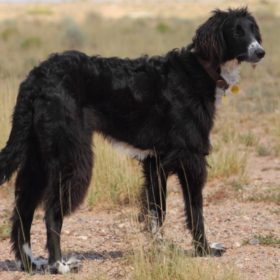 Taigan
Taigan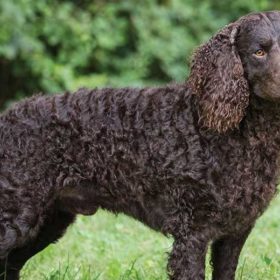 American Water Spaniel
American Water Spaniel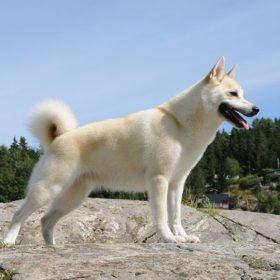 Norwegian Buhund
Norwegian Buhund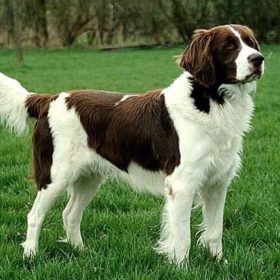 Drentse Patrijshond
Drentse Patrijshond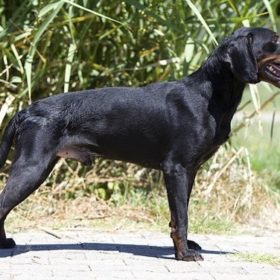 Montenegrin Mountain Hound
Montenegrin Mountain Hound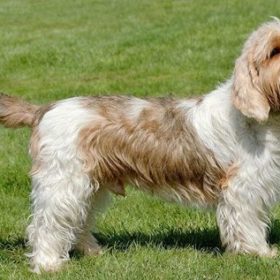 Petit Basset Griffon Vendéen
Petit Basset Griffon Vendéen